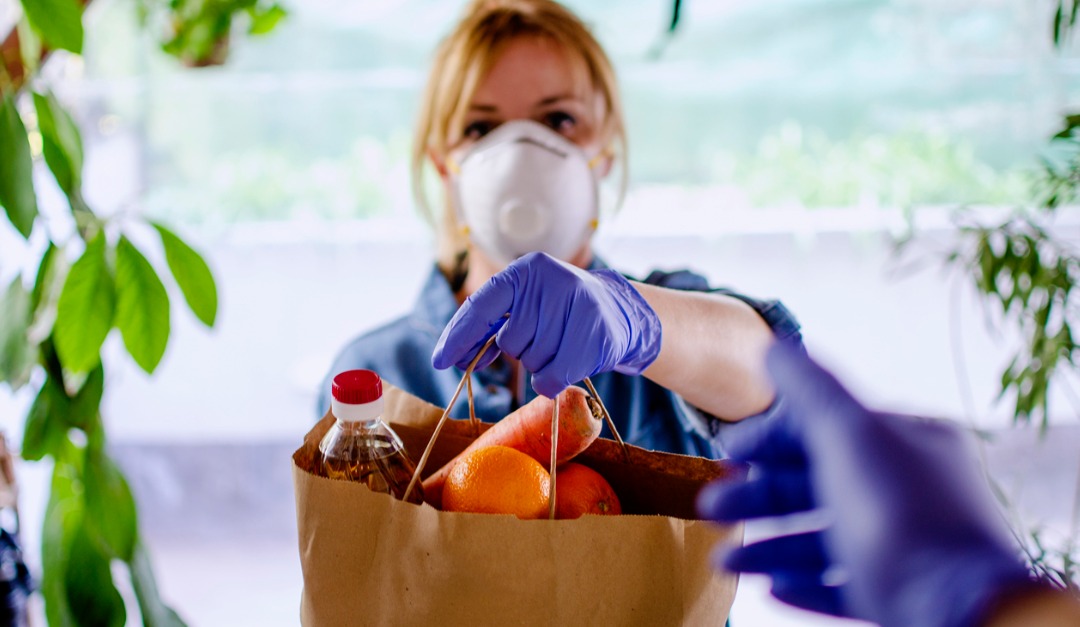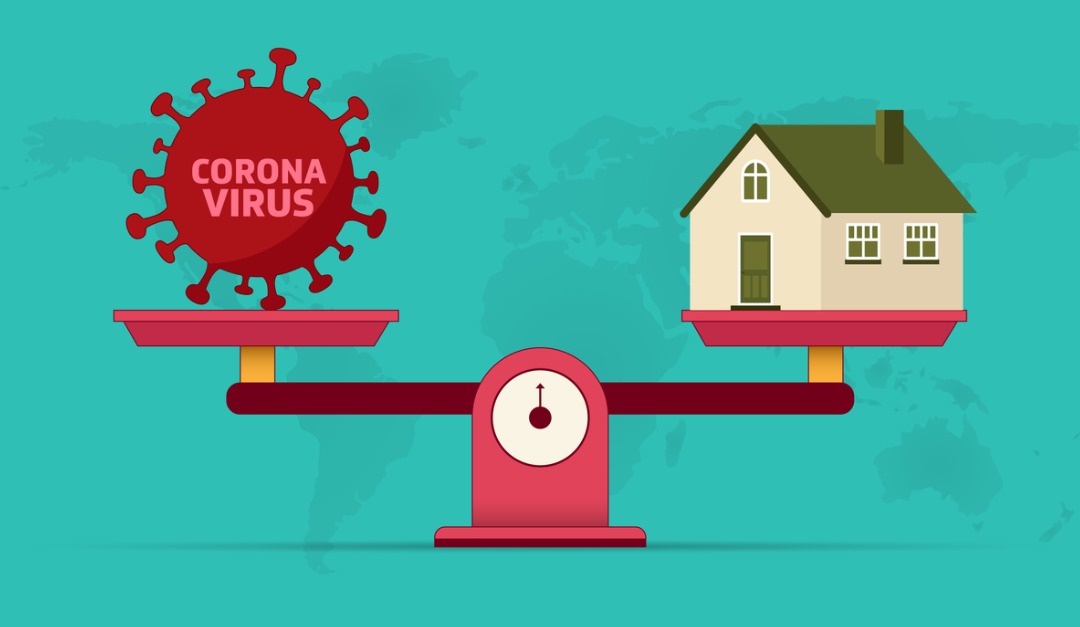Many Americans are still sheltering in place in the effort to reduce the spread of COVID-19. Teens and less-at-risk adults are donning masks and gloves, helping out at food banks, grocery shopping for shut-in seniors and even walking their dogs. Families ordering meal deliveries are double-tipping the drivers—and those who can afford it are writing checks to nonprofits in response to the coronavirus crisis.
Consumers wishing to help financially can check with the National Council of Nonprofits for a list of organizations that need funds now as they struggle to meet the needs of others, or simply donate what you can afford to a local food bank or a chapter of the Boys & Girls Club or American Red Cross.
Beyond donating funds, there are many ways to help whether or not you are sheltering at home:
- Check in on neighbors, especially the elderly. Phone once or twice a week and, if you have a stock of groceries on hand, share the wealth if they need something.
- Provide a meal. Have pizzas or deli sandwiches, or doughnuts delivered to a police station,fire station or hospital. The donation helps out local food vendors as well as to frontline responders.
- Give blood. The need for blood is constant, and fewer blood donations are being made during this crisis. If you are healthy, and can safely get to a blood donation center, it could be a life-saving gesture.
- Join or start a community network. Call your local city hall or Chamber of Commerce to see if a local network exists; a database where individuals and organizations can post notices of what they need—diapers, cash, food, etc. —and others can help fill those needs. If no such group exists in your area, and you have spreadsheet and/or Internet skills, work with local service organizations to start one.
- Be a virtual volunteer. Whatever your age or background, you can use your skills and experience to help others. Go to VolunteerMatch.com, a long-standing and trusted online volunteer organization that works to match your skills and talents with local needs.











